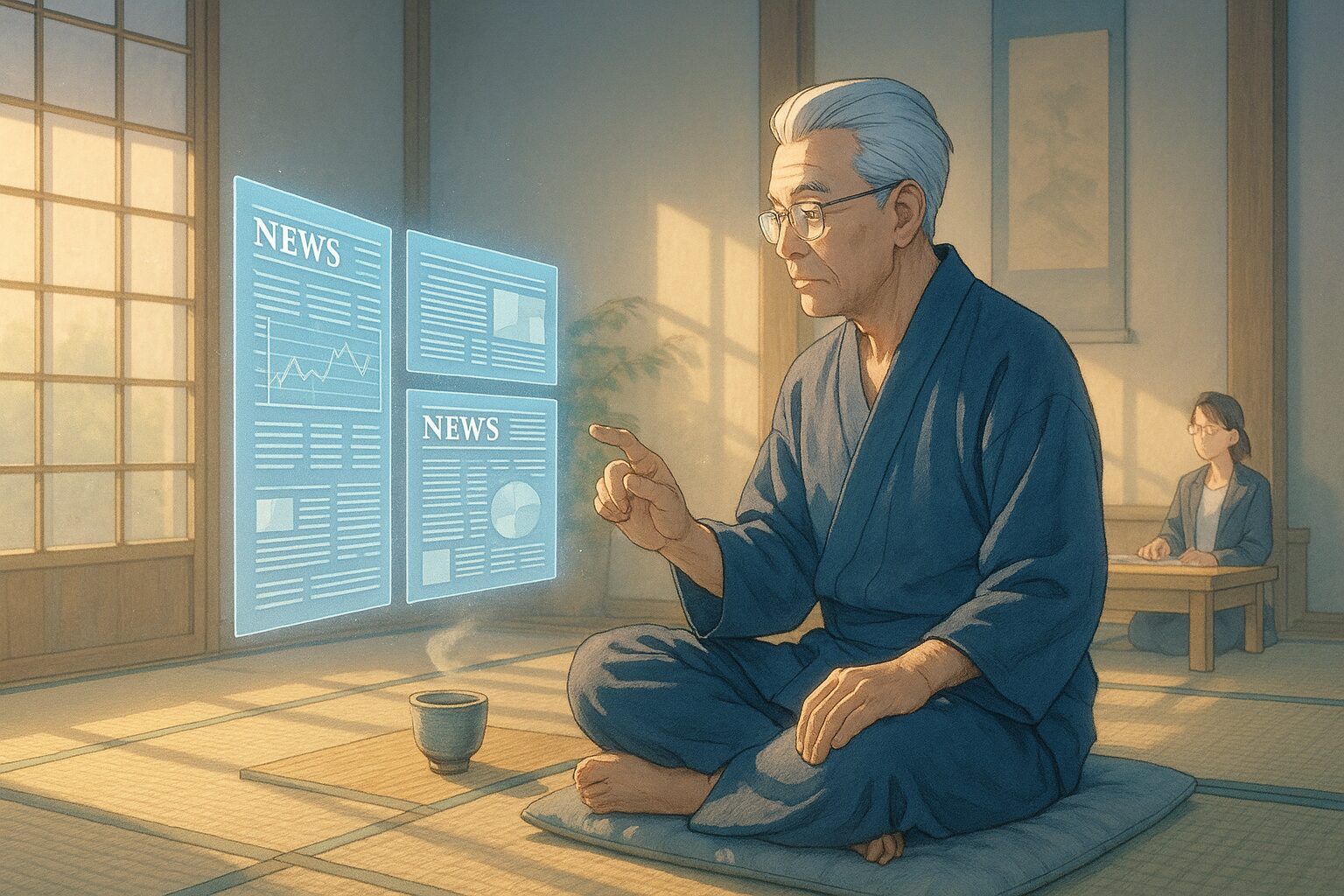2030年、茶色の未来:ブラウンライス革命は私たちの食卓をどう変える?
As health consciousness rises, the brown rice market is gaining attention worldwide. If this trend continues, how will our diet change? What if we consider a future where brown rice becomes mainstream?
1. Current News: What is Happening?
Source:
Brown Rice Market Trends, Opportunities, Competition and Strategies to 2030
Summary:
- The brown rice market is rapidly growing as global health consciousness increases.
- By 2030, major companies like Ebro Foods, Cargill, and Olam International will lead the market.
- Brown rice is in high demand for its nutritional value and versatility.
2. Three Structures Behind It
① The Structure of the Current Problems
Currently, global food issues and the rise of health consciousness are driving growth in the brown rice market. People are seeking healthier choices, shifting from processed foods to unprocessed foods, especially nutrient-rich brown rice.② How It Connects to Our Lives
Choosing brown rice directly impacts our daily diets. For instance, it expands cooking options at home and helps improve the nutritional balance of meals.③ Our Role as Consumers
We can contribute to a more sustainable and healthier future through our choices at the store and ingredient selections. By gaining information and broadening our options, we can make choices that benefit not only our health but also the environment.
3. IF: What Will the Future Look Like If This Continues?
Hypothesis 1 (Neutral): A Future Where Brown Rice Becomes Common
Brown rice establishes itself as a daily staple. It becomes common to prioritize health and nutrition when choosing rice, with more brown rice than white rice on supermarket shelves. This change leads to healthier eating habits and increased awareness of disease prevention.Hypothesis 2 (Optimistic): A Future Where the Brown Rice Industry Thrives
A variety of processed products and new cooking methods are developed, leading brown rice to be accepted not just as a staple but also as snacks and dietary supplements. As a result, employment in agriculture increases, revitalizing local economies. People enjoy their meals, enriching food culture.Hypothesis 3 (Pessimistic): A Future Where Local Rice Cultures Are Lost
While the popularity of brown rice progresses, there is a risk of losing local rice varieties and traditional food cultures. A decrease in diversity may lead to the homogenization of food culture and a dilution of regional identities.
4. What Choices Can We Make Now?
- Action Items
- Select locally produced brown rice to support the local economy.
- Try new recipes and cooking methods to enjoy the diversity of food culture.
- Thought Tips
- Adopt the perspective that healthy choices positively impact the environment and economy.
5. Reflection: What Would You Do?
- Would you purchase locally sourced brown rice to support local farmers?
- Would you experiment with brown rice in traditional white rice dishes?
- Would you learn about new food cultures and try brown rice dishes from other countries?
6. Conclusion: Anticipating the Future to Make Today’s Choices
What kind of future did you envision? What can we do now to move towards a future where brown rice is commonplace? Please share your thoughts on social media or in the comments.









